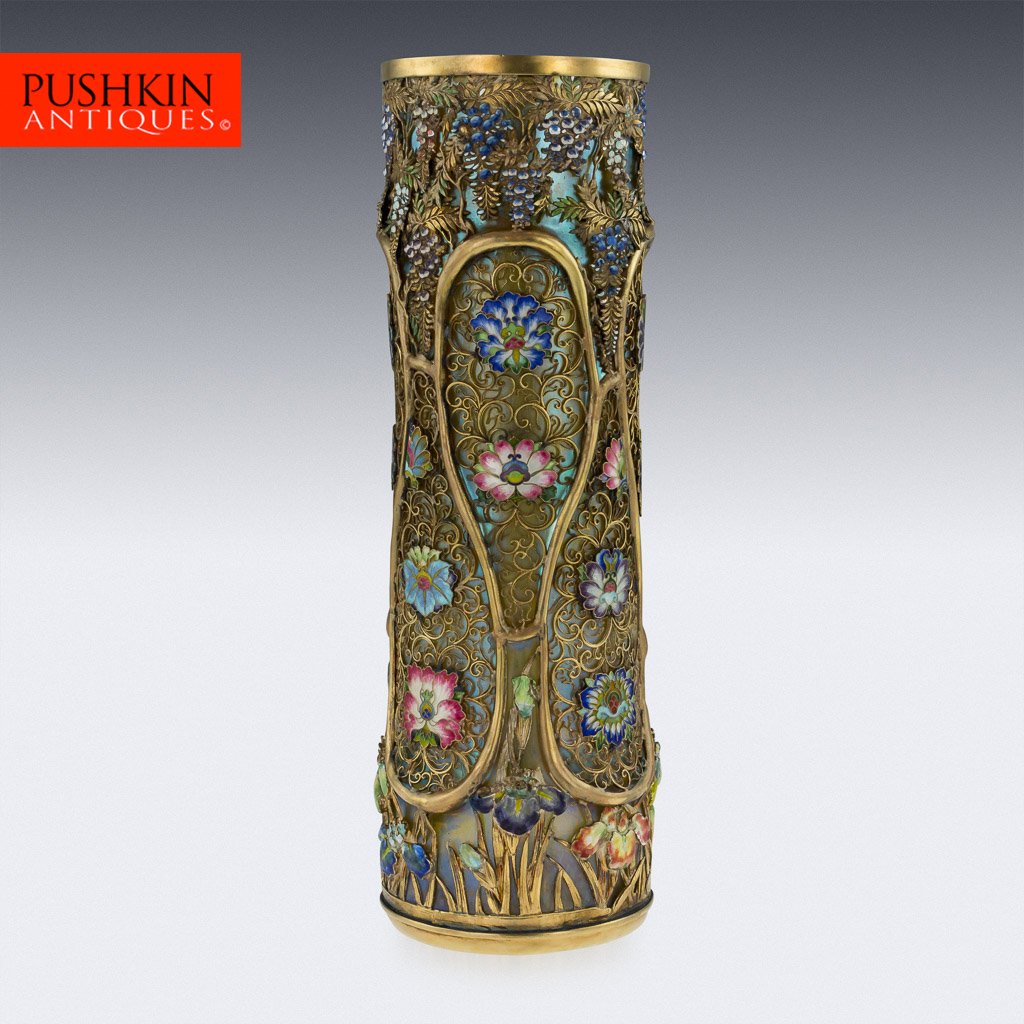Unveiling the Intricate Beauty: The History of Enamelling Techniques in Antique Jewellery and Artefacts
Throughout history, one art form has adorned jewellery and precious objects with breathtaking colours, patterns, and durability: enamelling. The enchanting technique of enamelling involves fusing powdered glass to metal surfaces, resulting in a captivating blend of artistry and craftsmanship. From ancient civilisations to the Renaissance and beyond, the history of enamelling techniques is as rich and vibrant as the masterpieces they have adorned. In this blog, we embark on a journey to explore the fascinating history behind enamelling techniques and their enduring beauty in antique jewellery and items.
Ancient Origins: The origins of enamelling can be traced back to ancient civilisations such as Egypt, Greece, and China. The ancient Egyptians were renowned for their cloisonné enamel work, using finely crafted gold wires to create compartments that were then filled with vibrant coloured glass. In Greece, the art of champlevé enamelling emerged, where cells were carved into metal surfaces to hold the enamel. Chinese artisans perfected the technique of cloisonné, creating intricate designs on bronze and later, porcelain. These early civilisations laid the foundation for the development of enamelling techniques.
Medieval and Renaissance Revival: During the Middle Ages, the art of enamelling experienced a revival in Europe. Techniques like champlevé and basse-taille, where translucent enamels were applied over an engraved metal base, flourished. The Limoges region in France became renowned for its exquisite Limoges enamel, characterised by its delicate colours and detailed miniature designs. The Renaissance period brought about a renaissance of enamelling as well, with the emergence of techniques such as grisaille (using black or grey enamel) and painted enamel, which allowed artists to create intricate scenes and portraits on jewellery and small decorative items.
The Renaissance of Cloisonné: Cloisonné enamel experienced a significant resurgence during the Renaissance and continued to evolve through the centuries. In the 19th century, the Japanese art of cloisonné enamelling captivated the Western world. Japanese cloisonné, known as Shippo, featured intricate wirework and vibrant enamels, often depicting nature-inspired motifs. The popularity of Japanese cloisonné influenced Art Nouveau jewellery and decorative arts, where organic forms and richly coloured enamels became hallmarks of the era.
Art Deco and Beyond: The 20th century witnessed the emergence of new enamelling techniques, propelled by the Art Deco movement. Art Deco enamels featured bold geometric patterns, vibrant colours, and innovative materials such as plique-à-jour enamel, which resembled stained glass. The advent of electric kilns and advancements in materials expanded the possibilities for enamelling, leading to experimentation with techniques like ronde bosse, where enamel is applied in three-dimensional sculptural forms.
Preserving the Legacy: Today, the legacy of enamelling techniques continues to thrive, with contemporary artists and jewellers pushing boundaries and experimenting with new forms of expression. However, antique jewellery and items serve as a testament to the artistry and skill of the craftsmen of bygone eras. Collectors and enthusiasts appreciate the intricacy and timelessness of antique enameler pieces, cherishing them as both works of art and historical artefacts.
Conclusion: The history of enamelling techniques weaves a tale of human creativity and ingenuity, spanning civilisations and centuries. From ancient Egypt to the Renaissance and beyond, enamelling has adorned jewellery and objects with its vibrant colours and enduring beauty. The art of enamelling continues to inspire and captivate, with antique enameler pieces serving as tangible links to our artistic heritage. As we admire and cherish these masterpieces, we pay homage to the skilled craftsmen who transformed powdered glass into shimmering works of art.




